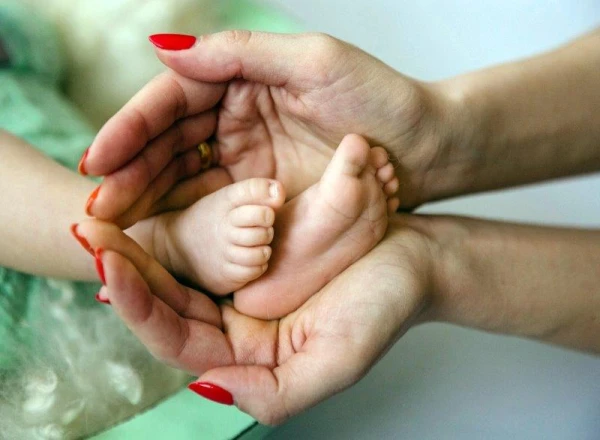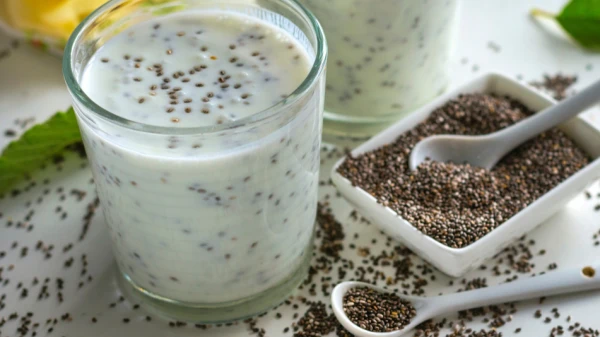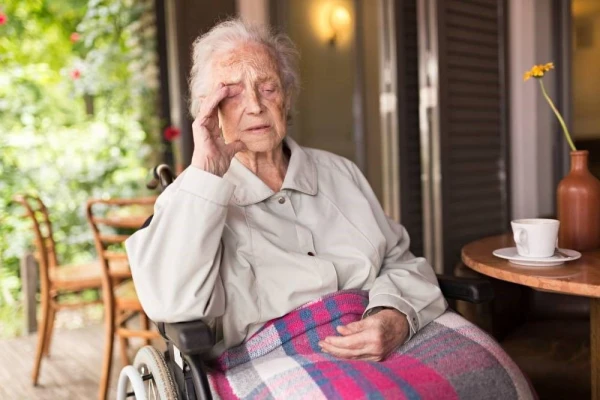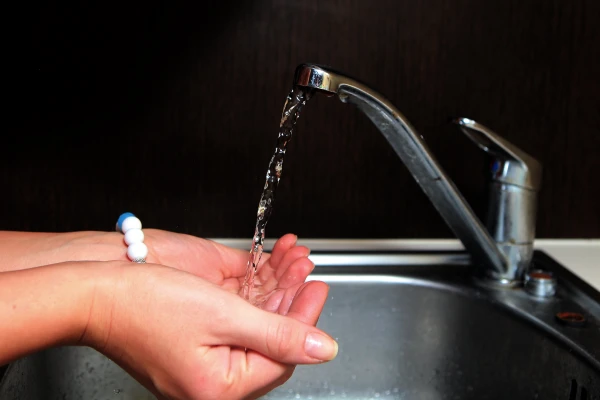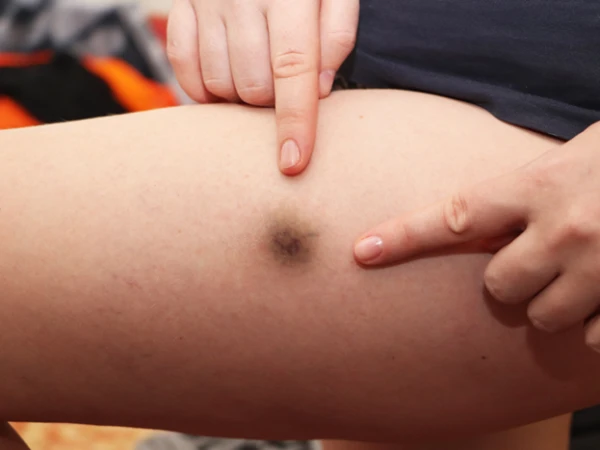
Everyone occasionally faces the situation of "walking-falling-waking up"—no, not a cast, but a bruise. Sometimes they appear from seemingly nowhere—like you haven't bumped into anything, haven't sustained any injuries, yet there are still unsightly spots. It is important to understand that a bruise is not just a mark from a blow, but a signal of varying degrees of concern from the blood vessels under the skin. When small capillaries burst, blood leaks into the tissues, creating the familiar spot—first crimson, then blue, green, and yellowish. Therapist Anna Terentyeva explained where bruises come from, how to treat them, and whom to see if they have become frequent guests.
Where Bruises Come From
The main reason is damage to blood vessels. Sometimes a light blow is enough, especially if the skin is thin and the vascular network is close. Women tend to get bruises more often due to hormonal fluctuations: estrogen affects the elasticity of the vascular wall. "Age, vitamin deficiencies (especially C, K, and rutin), the use of anticoagulants, aspirin, or corticosteroids—all of this makes capillaries fragile. Another common cause is varicose veins or blood clotting disorders, where even microtraumas leave noticeable marks," says the therapist.
How to Speed Up the Disappearance of Bruises
If the bruise is fresh, cold will help. In the first 10–15 minutes after a blow or injury, apply ice through a cloth: the blood vessels will constrict, and the bruise will become smaller. After a day, warmth is needed—compresses or light massage to improve blood flow. Ointments containing heparin, troxerutin, arnica, and badyaga work—they speed up resorption and reduce swelling. A good home remedy is to apply a layer of cream with vitamin K or rutin (vitamin P). Usually, a bruise goes away in 5–7 days, but it all depends on the depth and condition of the blood vessels.
When Bruises Become a Worrying Symptom
If marks appear without blows, do not go away for a long time, or cover a large area, it is worth getting checked. "Spontaneous bruises can be a sign of vitamin C deficiency, anemia, liver problems, thrombocytopenia, or even blood diseases. If a bruise is accompanied by swelling, pain, frequent nosebleeds, or small pinpoint rashes, do not delay a visit to the doctor—this may indicate a clotting disorder or inflammation of the blood vessels," asserts the doctor.
Which Doctor to Consult
First of all—to a therapist, who will prescribe a general and biochemical blood test. If there is suspicion of a vascular or hematological problem, you will be referred to a hematologist. If the cause is varicose veins or venous insufficiency—to a phlebologist. When everything points to hormonal fluctuations—to an endocrinologist or gynecologist. Sometimes a consultation with a dermatologist is useful if the skin has become too sensitive or unexplained rashes have appeared without visible reasons.
How to Strengthen Blood Vessels and Prevent Bruises
Include citrus fruits, bell peppers, and kiwis in your diet—they are rich in vitamin C. Add foods with vitamin K (greens, broccoli, spinach) and rutin (buckwheat, black currants). Maintain normal levels of iron and protein, without which healthy blood vessels do not form. Do not abuse aspirin and alcohol—both thin the vascular wall. And remember: moderate physical activity, contrast showers, and massages with citrus oils strengthen capillaries better than any pills.

